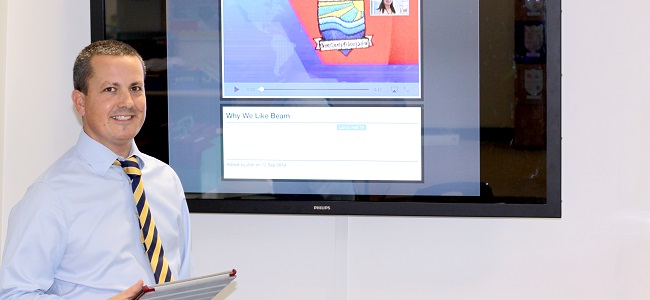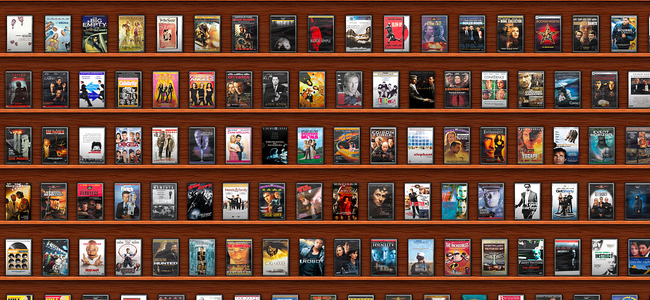When James [Cain, Editor] contacted me and asked me to write a blog post about how I use Star Wars in the classroom, my first reaction went from, “this is awesome” to “uh… what am I going to write about?”. You see, I am an Advanced Placement (AP) World History teacher in Rocklin, CA, and although my classroom is littered with posters, toys and miscellaneous Star Wars gifts from students throughout the years, I questioned if I was qualified to write a post about Star Wars and my teaching.
Innovate My School are teaming up with literacy / film champions A Tale Unfolds to run a film-making project for schools during the summer term. Aided by WeVideo, the initiative will look to improve literacy rates in half a term by at least one sub-level or two APS. It will also radically increase pupil engagement, through digital film-making and video-editing, by allowing them to make their own short films. The project is free to schools, and will be running until the end of the 2015 summer term.
Creating video projects and resources allows for a lot of creativity, which is why one east London school has chosen to fully adopt a new system into their school: TrilbyTV.

Beam County Primary School in Dagenham have been using a video creation and storage system to innovate their school in big ways. ICT coordinator John Filer (pictured above) and his colleagues have introduced TrilbyTV into the school, in order to enhance the quality of various literacy, numeracy and science projects, as well as to create fun pupil roles within the building, such as lunchtime monitors. As a result of embracing this new system, the school has seen a huge rise in pupil-engagement, which has had an impact on all areas of the curriculum.
During my primary-teaching career of over 40 years, I found that making films with pupils was a perfect way to increase engagement and progress through what becomes covert learning, as they get completely wrapped up in the excitement of having a real purpose for their work; a film premiere in their school or even the local community. For children who live in today’s digital age, it is the perfect way to combine the school’s primary agenda (to show improvement) with that of a child; to have as much fun as possible.
As seen with Nicole Ponsford’s article last month, film offers many different qualities for teaching students of all ages. Jane Fletcher, director of education at British charity Into Film, gives her thoughts on how teachers can employ movies to teach a wide variety of fields.

In a world where the moving image is becoming increasingly dominant it makes sense to acknowledge film as the richest of educational resources, with the capacity to broaden young people’s horizons, enrich their learning experiences and raise attainment. Film has extraordinary production values in which art, science and technology meet.
Given that most people enjoy watching movies, it’s often tempting to just ‘put on’ a film. However, while the age of pupils will restrict screening opportunities (Junior schools will likely continue to miss out on Goodfellas), there are still a huge amount of films that students can really sink their teeth into. What is the moral subtext of The Iron Giant? What can Casablanca tell us about narrative? Trained cineaste Nicole Ponsford gives her advice on how to make the most of a flick in the classroom.

Are you one of those teachers who “puts” on a film on the last day of term? Are you? Well if you are, I am afraid you will not be getting a Christmas card from me. As a film teacher, I like to teach film. I think one issue that causes film to have a bad name in education is that many adults see film as escapism and therefore do not know how or why it needs teaching. They associate it with their childhood and they do not see that moving image / film/ the movies are an art form.

A community-driven platform for showcasing the latest innovations and voices in schools
Pioneer House
North Road
Ellesmere Port
CH65 1AD
United Kingdom